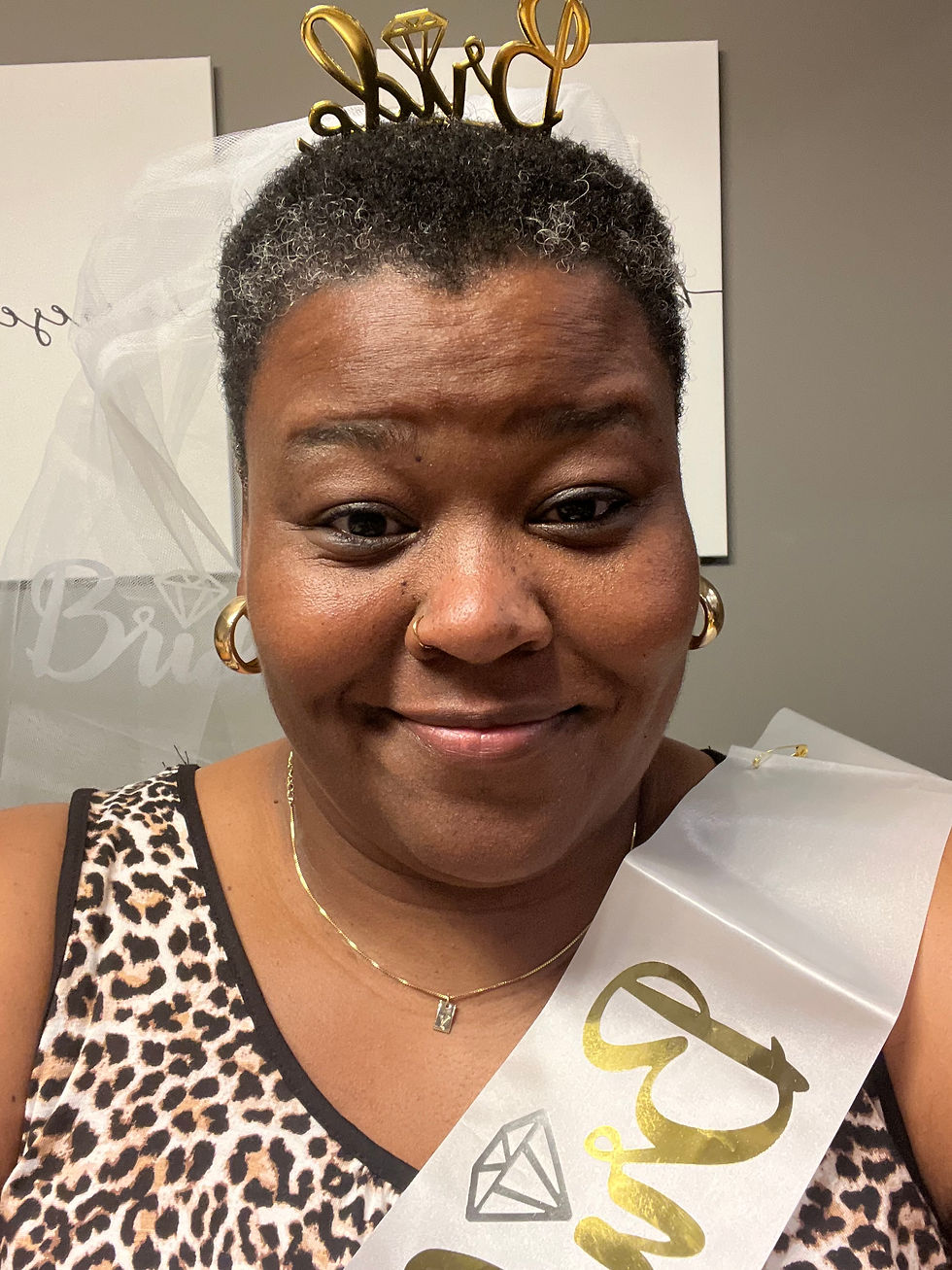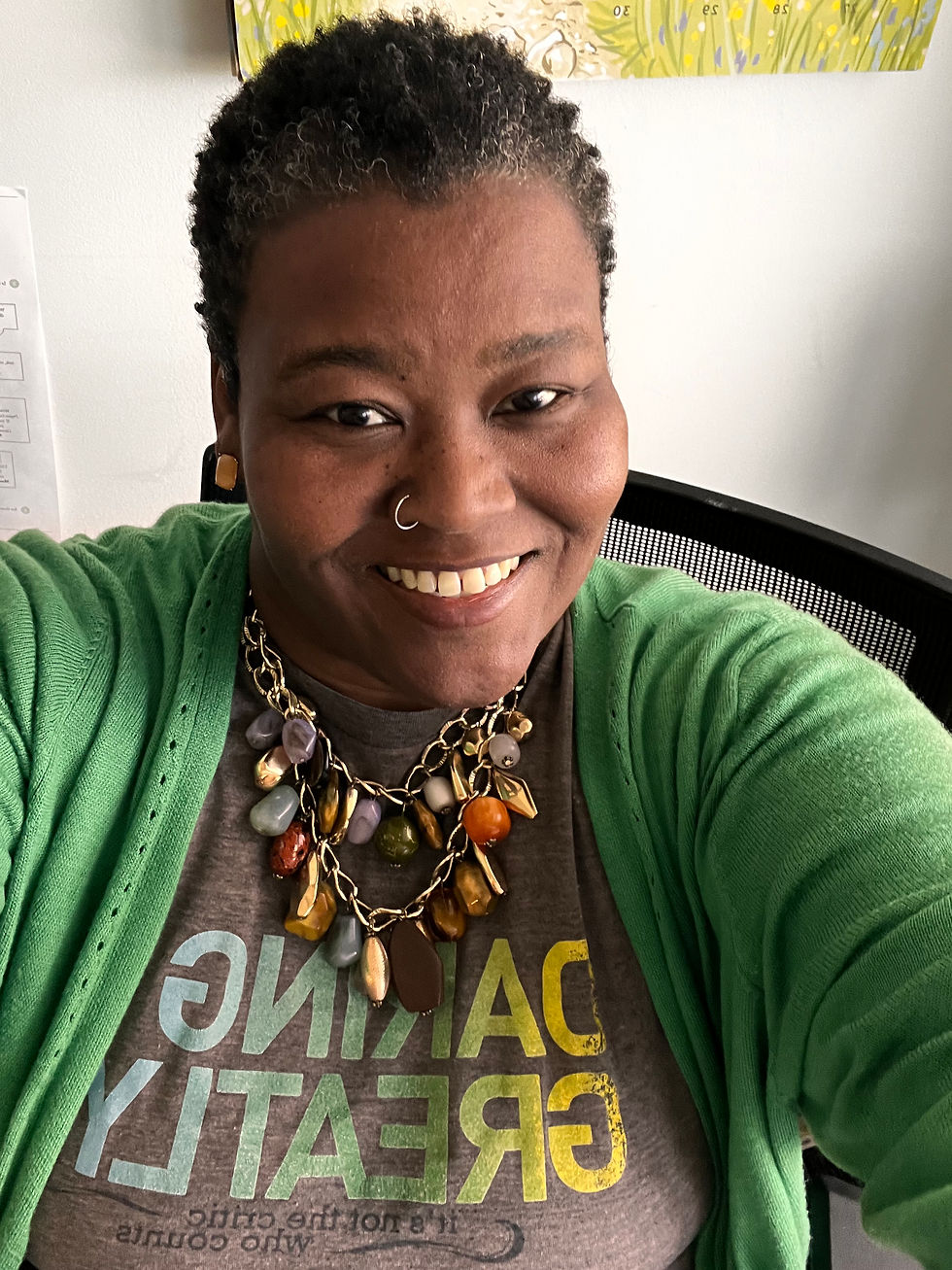Feelings Matter, Stop Saying Otherwise
- Charity Goodwin

- Sep 7, 2022
- 4 min read
Have you ever said any of these statements:
"I was in my feelings."
"Sorry I got emotional."
"I won’t let my feelings get the best of me."
"I’m just gonna have faith and not let my feelings get in the way."
Variations of these kinds of phrases diminish and discount the value of feelings. Instead of allowing feelings to inform us, we often negate them. However when you practice EQ you consciously include feelings in your decisions. Truth is, they are always part of your decision making yet we’re not always aware of how they contribute.
In the Know Yourself. Choose Yourself. Give Yourself. (KCG Model), enhancing emotional literacy and recognizing patterns are part of knowing yourself. Being self aware is key to emotional intelligence and transformational leadership.
Leaders and friends, your capacity, competence, courage, character and collaboration as a leader depend on knowing you and leading you so that as you lead others you can support them in their own self discovery as a leader.
Let’s start with enhancing emotional literacy. This is about having words to articulate what you feel. Too often when people are asked how they feel, the response is with what they think. Um, not the same thing! So we cultivate an emotional vocabulary of feeling words so that we can access the word and the feeling when it’s experienced.
Let me get real with you for a minute. Before working on my emotional vocabulary I only used happy, sad and pissed off as my feelings. Now granted I was experiencing more than emotions but I didn’t have the words to articulate them.
What helped me was using a feelings wheel. (I know, roll your eyes. I did the same thing.) But that’s how deficient I was, I needed prompts and aids. I still use them and I’m not ashamed of that. Here’s one I use often.
But there is this one which is interactive and gives you even more insight with questions and videos to go further. Take a moment at the end of the blog to peek at the two options and see which is helpful in capturing your feelings in that moment.
I think we’re afraid of our feelings. I think we know they are powerful so we avoid them at times. Here are a few characteristics of feelings to note:
Normal: Everyone has them and they are biologically part of humanity make up.
Inform: When we pay attention to them, they can give us meaningful information about what’s going inside of us. As an example, you’re in a board meeting and someone says they disagree and you start to feel uncomfortable, tight. That’s information to unpack. What am I feeling? What’s this response? You might feel: I’m afraid to be challenged or this person disrespects me or a myriad of other responses and feelings can arise. The key is to pay attention.
Signs: Meant to be paid attention to not dismissed.
Neutral: Not good or bad.
Simultaneous: Can feel multiple feelings at one time. (No need to choose)
Not the opposite of faith: I’ll do an entire post about this soon. For now, as leaders I believe it’s important for ourselves and to help those we lead to consciously include feelings into their daily lives and decision making. I believe feelings are part of what it means to love God with our whole heart and if we dismiss what’s there then we’ve only experienced a portion of who God is, who we are and what is possible.
"Love the Lord your God with all your heart and with all your soul and with all your strength and with all your mind and, ‘Love your neighbor as yourself." Luke 10:27
Recognize Patterns
To recognize patterns is to acknowledge frequently recurring reactions and behaviors. For example, when I’m overwhelmed I can be late to appointments. Or when I’m happy I want to eat sweets. Or I say negative things to myself when I feel challenged. What are some of your patterns?
Sometimes people assess new situations and respond carefully and thoughtfully, but frequently we run on autopilot, reacting unconsciously, based on habit. Our brains have carved out patterns of response and if we are not careful those patterns become ruts. EQ helps us create new paths and patterns as a healthier more intentional way to respond.
Lastly, recognizing patterns helps you track and monitor your reactions – which is an essential step to managing them. When you know your go-to reactions you can decide if they are healthy or if you prefer to change them.
Action Brings Clarity: Return to the feelings wheels I recommended. Try them out and see which one is most helpful to you.
Want to know how well you’re doing at Knowing Yourself? This high level assessment comes with a 30-minute one-on-one debrief and support plus specially curated list of short (5 minutes or less) power-packed videos for you to view and begin your EQ journey. Start here.
If this is helpful, please share it with a colleague or friend.




I strongly agree with your point that dismissing feelings actively *diminishes their value* and hinders effective decision-making. It's so true that even when we try to negate them, feelings are always a part of our process. Embracing EQ, as you highlight, isn't just about acknowledging emotions, but consciously including them to become more self-aware and capable leaders. Understanding *how* our emotions inform us, rather than fighting them, is truly transformational. For anyone looking to deepen this self-awareness and better understand their own emotional patterns, exploring resources for assessing your emotional intelligence can be incredibly insightful for personal and leadership growth.